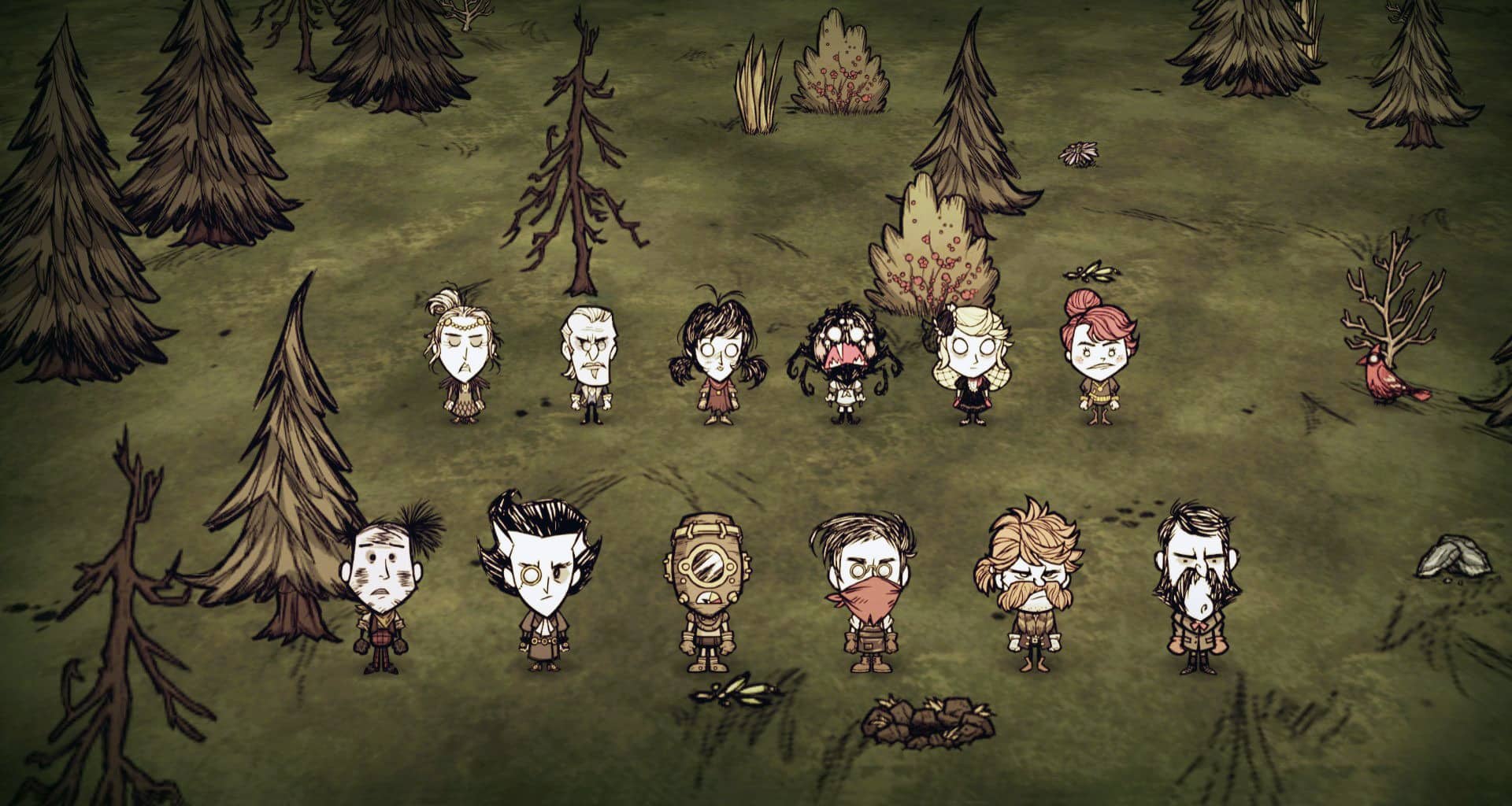

While physiology is a key component of surviving the cold by temperature regulation, the more critical factor is food input. It is a tight energy balance, but by lowering body temperature and turning down heat production at night, chickadees and other small birds of winter spare the cushion of fat accumulated during the day. Nighttime is crunch time for winter survival because no food calories are coming in to replace those being expended. Still, the bird may have to shiver all night and burn up most of its fat reserves, which then must be replenished the next day in order to survive the next night. At night, they reduce heat loss by seeking shelter in tree holes or other crevices, and by reducing their body temperature-the smaller the difference in temperature between the bird and its environment, the lower the rate of heat loss. They are merely puffed up, thickening the insulation around their bodies. Chickadees may appear to be twice as fat in winter as in summer. As heat is transferred between the outgoing and incoming veins, the blood returning into the body recovers much of the heat that would otherwise be lost flowing out.īirds retain heat in their body core by fluffing out their feathers. The warm arterial blood headed toward the feet from the body runs next to veins of cooled blood returning from the feet to the body. However, a chickadee’s feet are provided with continuous blood flow. Birds maintaining warm feet would be unlikely to be able to feed fast enough to stay warm and active. Thus, if a chickadee maintained its feet at the same temperature as its body core, it would lose heat very rapidly, and that would be so energetically costly that any bird doing so would quickly be calorie depleted. Of course, a bird’s comfort level for foot temperature is likely very different from ours they would not feel uncomfortable until the point when damage occurs from freezing (ice crystal formation).īut chickadee feet don’t freeze, and that’s because their foot temperature is regulated near the freezing point and may stay cold most of the time all winter, even as core body temperature stays high.Įvery time the bird sends heat (via blood) from the body core to the extremities, it must produce more heat in the core for replacement.

Their feet cool down to near freezing, close to 30☏.

Yet their toes remain flexible and functional at all temperatures, whereas ours, if that small, would freeze into blocks of ice in seconds. Black-Capped ChickadeesĬhickadees (like most year-round northern birds) brave the winter in their bare uninsulated legs and feet. Although some species have devised the evolutionary equivalent of proprietary solutions, most birds follow a simple formula: maximize calories ingested while minimizing calories spent. They solve the winter survival problem in many ways, often by doing many things at once. One might wonder if birds are endowed with a magic winter survival trick. For most birds, food supplies become greatly reduced in winter just when food is most required as fuel for keeping them warm. The second problem to be surmounted in winter is finding food. Humans in the north, with our 98.6☏ body temperatures, face the same problem during winter of staying warm enough to be able to function, as anyone walking barefoot at –30☏ will attest to within seconds. The first is maintaining an elevated body temperature-generally about 105☏ for birds-in order to stay active. That they can and do invites our awe and wonder, for it requires solving two problems simultaneously. However, some birds stay and face the dead of winter against seemingly insurmountable odds. Their feat of leaving their homes, navigating and negotiating often stupendous distances twice a year, indicates their great necessity of avoiding the alternative-of staying and enduring howling snowstorms and subzero temperatures. It seems logical that most birds flee the northern regions to overwinter somewhere warmer, such as the tropics.


 0 kommentar(er)
0 kommentar(er)
